The history of Earth is marked by moments of catastrophic change. Among the most dramatic were the mass extinction events that periodically wiped out vast portions of life on our planet. While dinosaurs often dominate our extinction narratives, perhaps the most devastating ecological collapse occurred 252 million years ago at the end of the Permian period. This event—often called “The Great Dying”—eliminated nearly 96% of marine species and fundamentally reshaped ocean ecosystems. The day the oceans turned deadly wasn’t just a moment, but a complex convergence of environmental factors that transformed Earth’s waters from cradles of biodiversity into toxic, inhospitable wastelands. This article explores how ancient marine life disappeared during Earth’s most severe extinction event and what their disappearance teaches us about ecosystem fragility and resilience.
The Flourishing Pre-Extinction Oceans
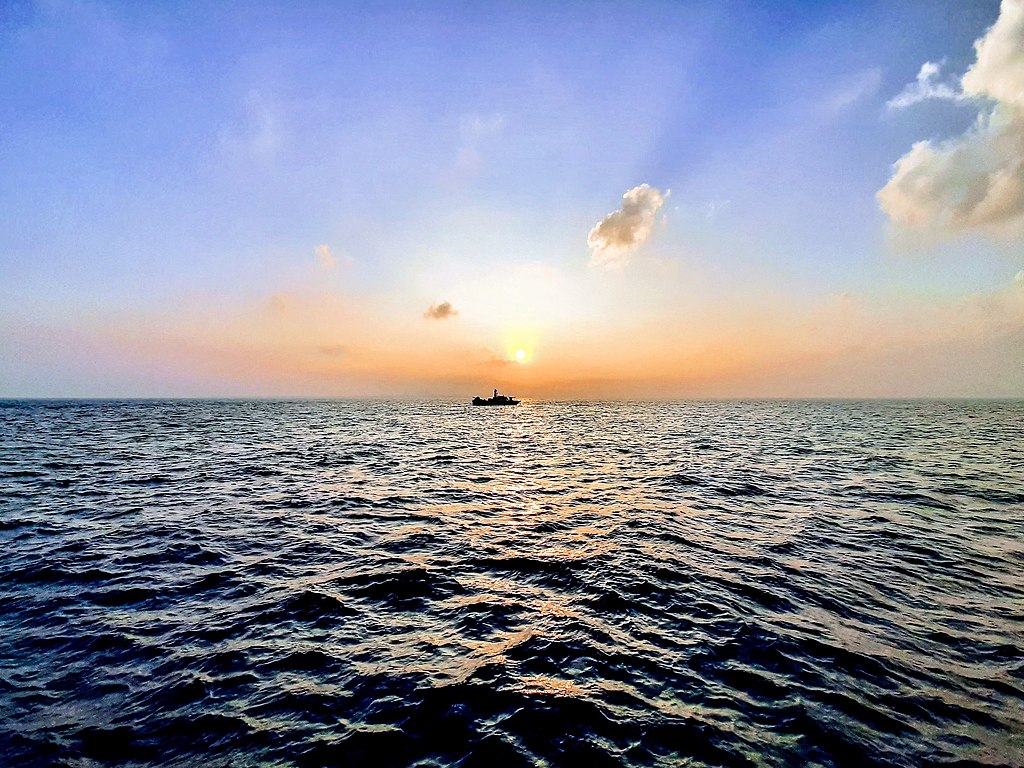
Before disaster struck, the late Permian oceans teemed with alien-looking creatures that would seem bizarre to modern eyes. Massive reef systems stretched across shallow seas, built not by corals but by sponge-like organisms called stromatoporoids. Trilobites—ancient arthropods that had dominated the seas for over 270 million years—scuttled across the seafloor alongside spiny brachiopods, which resembled modern clams but belonged to an entirely different phylum. Giant eurypterids (sea scorpions) reaching lengths of over six feet patrolled as apex predators, while ammonites—squid-like creatures with elaborate spiral shells—drifted through the water column. The ancient oceans represented a pinnacle of evolutionary experimentation, filled with lineages that had survived and thrived through previous extinctions. Few signs warned of the impending catastrophe that would eliminate most of these creatures from Earth’s oceans forever.
The Perfect Storm: Multiple Extinction Triggers
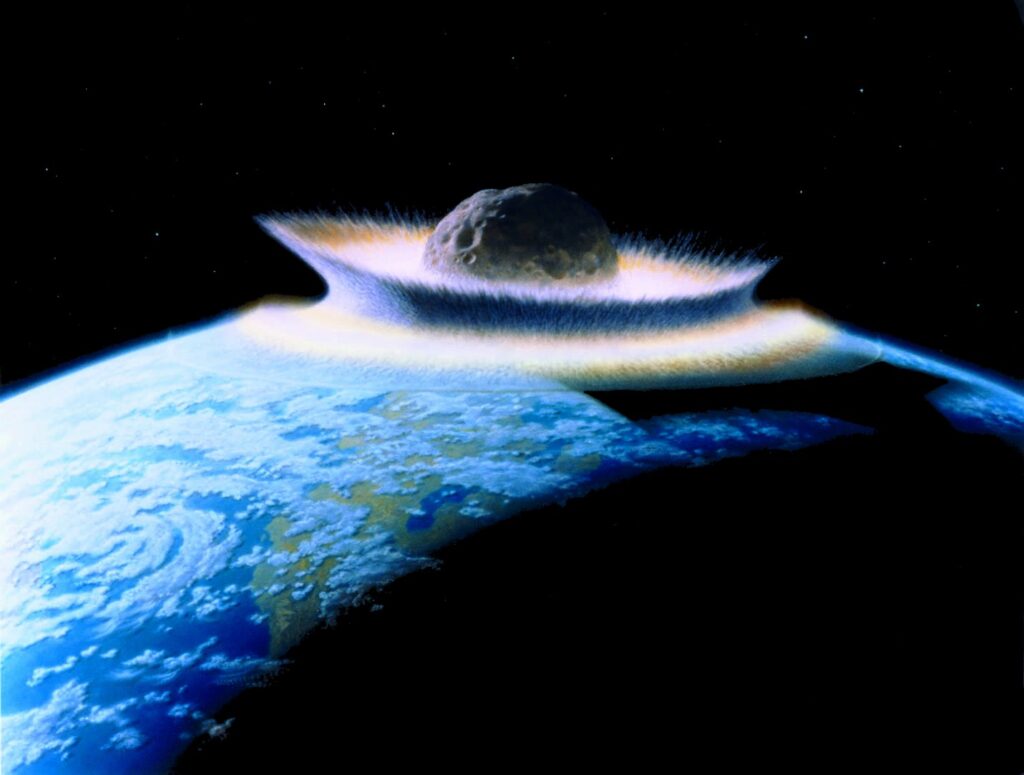
Unlike the asteroid impact widely accepted as the dinosaurs’ demise, the Permian-Triassic extinction resulted from a complex cascade of environmental failures. Scientific evidence points to massive volcanic eruptions in what is now Siberia as the primary trigger. These eruptions, forming what geologists call the Siberian Traps, continued for nearly a million years, releasing unprecedented volumes of carbon dioxide, methane, and other greenhouse gases into the atmosphere. This volcanic activity likely ignited vast coal seams, compounding the greenhouse effect. Simultaneously, methane hydrates—frozen deposits of methane on the ocean floor—may have destabilized and released additional greenhouse gases. The combination created a devastating feedback loop: rising temperatures triggered more methane release, which further elevated temperatures. This perfect storm of environmental stressors pushed Earth’s systems beyond their breaking points, with oceans bearing the brunt of the catastrophe.
Deadly Oceans: The Hypoxic Crisis
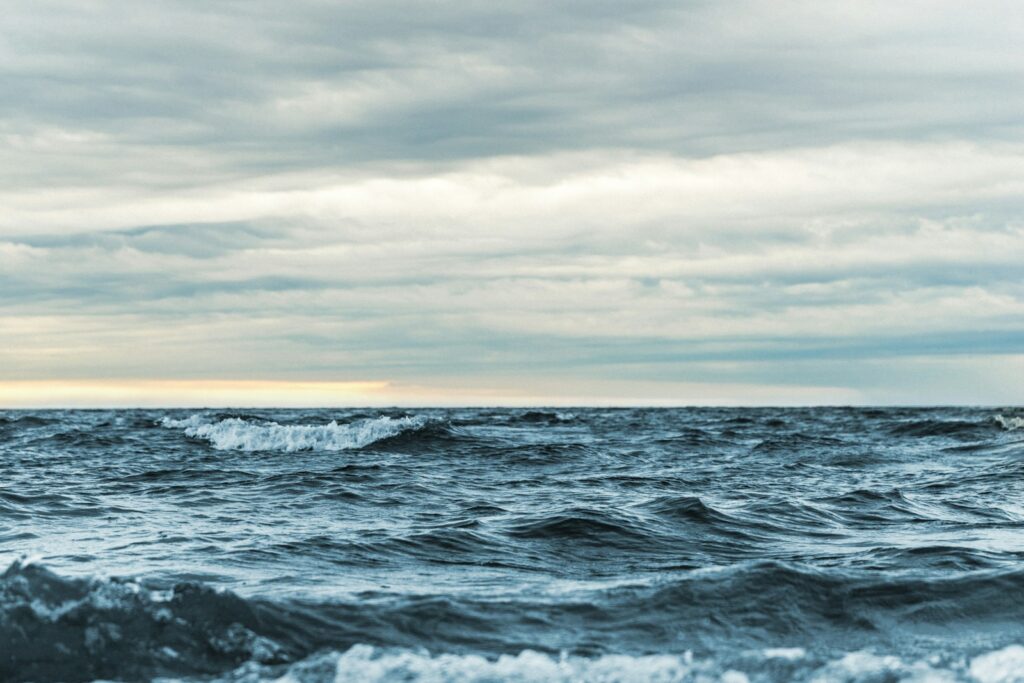
As ocean temperatures rose, one of the deadliest consequences was widespread oxygen depletion, known as hypoxia. Warmer water naturally holds less dissolved oxygen, but the problem was dramatically worsened by ocean circulation changes. Evidence from geological records shows that ocean waters became stratified, with warm, oxygen-poor surface waters failing to mix with deeper zones. The resulting oxygen crisis suffocated marine life that couldn’t adapt quickly enough. Deep-sea creatures, already adapted to lower oxygen conditions, suffered less initially, but as hypoxic zones expanded, even they had nowhere to escape. Geochemical evidence from rocks formed during this period shows widespread “dead zones” where oxygen levels fell below thresholds needed for complex animal life. Fossils from this time often show creatures migrating to shallower waters in a desperate search for oxygen before finally disappearing from the fossil record altogether.
Acid Waters: The Carbonation of Ancient Seas

The massive influx of carbon dioxide didn’t just warm the planet—it fundamentally altered ocean chemistry. When carbon dioxide dissolves in seawater, it forms carbonic acid, lowering the ocean’s pH in a process known as ocean acidification. This chemical change proved catastrophic for marine organisms that built shells or skeletons from calcium carbonate. Geological evidence shows a dramatic “reef gap” after the extinction, with massive reef ecosystems completely disappearing for over 5 million years. Particular devastation struck organisms like brachiopods, corals, and certain plankton whose shells simply dissolved in the increasingly acidic waters. Modern laboratory experiments simulating these ancient conditions demonstrate how quickly calcium carbonate structures degrade in acidified water, providing insight into why shell-forming creatures suffered disproportionately. Perhaps most tellingly, the few shell-forming survivors had unusual adaptations, like thicker shells or physiological mechanisms to buffer against acidic conditions.
Toxic Seas: Hydrogen Sulfide and Microbial Takeover

As oxygen disappeared from large portions of the oceans, conditions favored a dramatic shift in microbial communities. Sulfate-reducing bacteria, which thrive in oxygen-free environments, began producing hydrogen sulfide gas as a metabolic byproduct. This compound is highly toxic to most complex life forms, even in low concentrations. Geological evidence indicates hydrogen sulfide levels rose dramatically, possibly even entering the atmosphere in a deadly upwelling process. The toxicity likely reached such extremes that paleontologists have found evidence suggesting hydrogen sulfide poisoning as a direct kill mechanism for many marine species. The oceans developed a characteristic green or purple coloration from sulfur-processing bacteria, turning vast regions into toxic zones dominated by microbial mats. These “Canfield oceans” (named after the scientist who first described the phenomenon) represented a reversion to conditions not seen since Earth’s earliest biological history, effectively erasing hundreds of millions of years of ocean ecosystem development.
The Extinction Timeline: A Drawn-Out Catastrophe
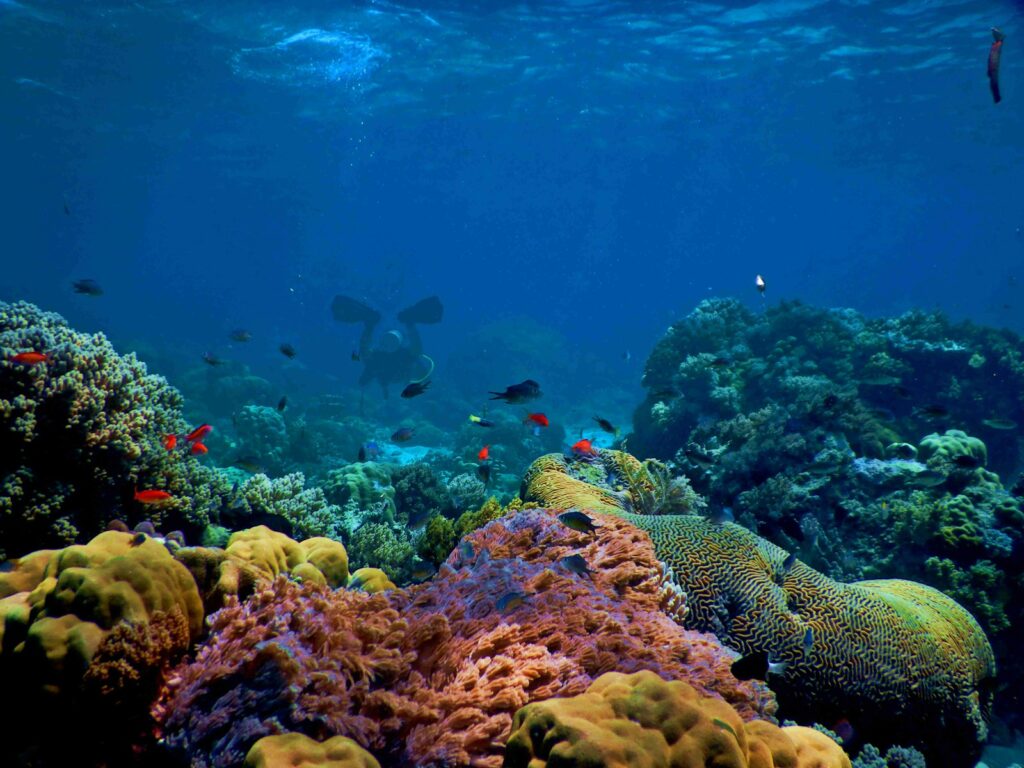
Unlike some extinction events that happened relatively quickly, the Great Dying unfolded over an extended period, with estimates ranging from 60,000 to 200,000 years. This prolonged timeline created an especially devastating scenario where environmental conditions deteriorated gradually, preventing evolutionary adaptations from keeping pace. Recent high-resolution dating techniques have revealed that marine extinctions occurred in multiple pulses rather than a single event. The first pulse primarily affected shallow-water organisms as temperatures rose and oxygen levels began falling. Later pulses impacted deeper-dwelling species as toxic conditions spread throughout the water column. This staggered collapse systematically eliminated ecological niches and food webs. Perhaps most significantly, the extended timeframe prevented the ecosystem resilience typically seen after localized disasters, as there were no neighboring healthy regions from which species could recolonize—the entire global ocean system was compromised simultaneously.
Uneven Impacts: Winners and Losers in Mass Extinction
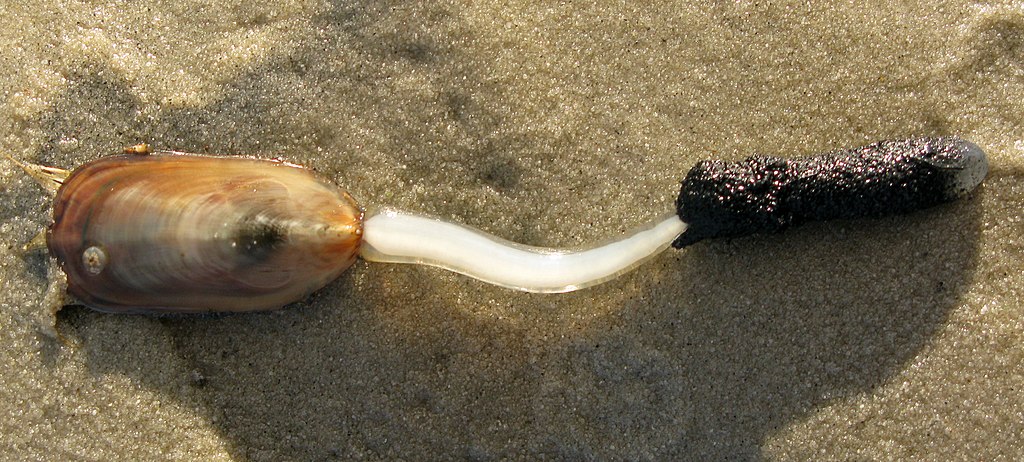
While the Permian-Triassic extinction was devastating overall, some marine organisms proved remarkably resilient. Ecological generalists—species with flexible diets, broad habitat tolerances, and rapid reproduction cycles—were more likely to survive than specialists. Certain bivalve mollusks like clams and mussels weathered the crisis better than brachiopods, despite their superficial similarities, likely due to their more efficient feeding mechanisms and better ability to regulate internal chemistry. Among vertebrates, many fish lineages disappeared completely, but primitive sharks showed surprising resilience. Organisms capable of entering dormant states or producing highly resistant eggs also showed survival advantages. The pattern of survival wasn’t random but followed clear physiological and ecological rules, with characteristics like high metabolic efficiency, tolerance for low oxygen, and resistance to acidification proving crucial. These survival patterns dramatically shaped Earth’s subsequent evolutionary history, as the few survivors became the ancestors of all modern marine lineages.
The Empty Oceans: Post-Extinction Marine Ecosystems

In the extinction’s aftermath, Earth’s oceans entered an eerie period sometimes called the “Dead Zone” or “Coal Gap.” Fossil records from this time show remarkably low biodiversity, with some regions devoid of complex life altogether. The once-diverse seafloor communities were replaced by microbial mats in many regions, creating a primordial seascape reminiscent of Earth’s earliest oceans. The few animal survivors often displayed the “Lilliput Effect”—a dramatic reduction in body size in response to environmental stress. Opportunistic species like disaster taxa dominated, including stress-tolerant bivalves and certain primitive gastropods. Ocean chemistry records show that normal conditions took millions of years to return, with oxygen levels and pH gradually stabilizing. Perhaps most strikingly, the elaborate reef ecosystems that had dominated marine habitats disappeared almost completely, and would not return in significant form for over 10 million years, representing one of the longest ecological recovery periods in Earth’s history.
The Rise of New Ecosystems: Life Finds a Way
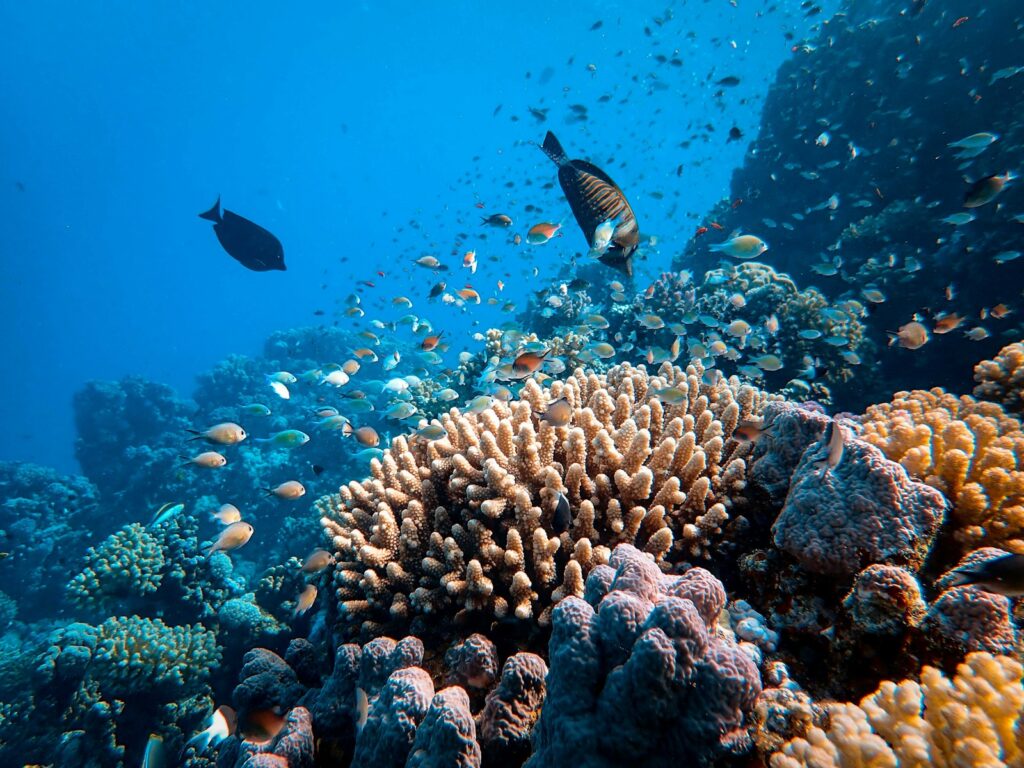
Recovery from the Great Dying was excruciatingly slow by geological standards, but eventually, the emptied ecological niches created opportunities for evolutionary innovation. The decimation of dominant Paleozoic groups created space for previously marginal organisms to radiate into new forms. Modern marine ecosystems trace many of their foundations to this recovery period, when surviving lineages began diversifying in the absence of previous competitors. Early Triassic seas saw the rise of new predatory fish groups that would eventually evolve into many modern lineages. Ammonoids, distant relatives of today’s squid and octopuses, recovered relatively quickly and diversified into hundreds of new species. Most significantly, the massive reef-building systems eventually returned but were now constructed by scleractinian corals rather than the extinct Paleozoic reef-builders, representing a complete ecosystem reengineering. This recovery period demonstrates a fundamental principle in evolutionary history: mass extinctions don’t just remove species—they reset evolutionary trajectories and open opportunities for entirely new ecosystem configurations.
Geological Detectives: How Scientists Reconstructed the Extinction
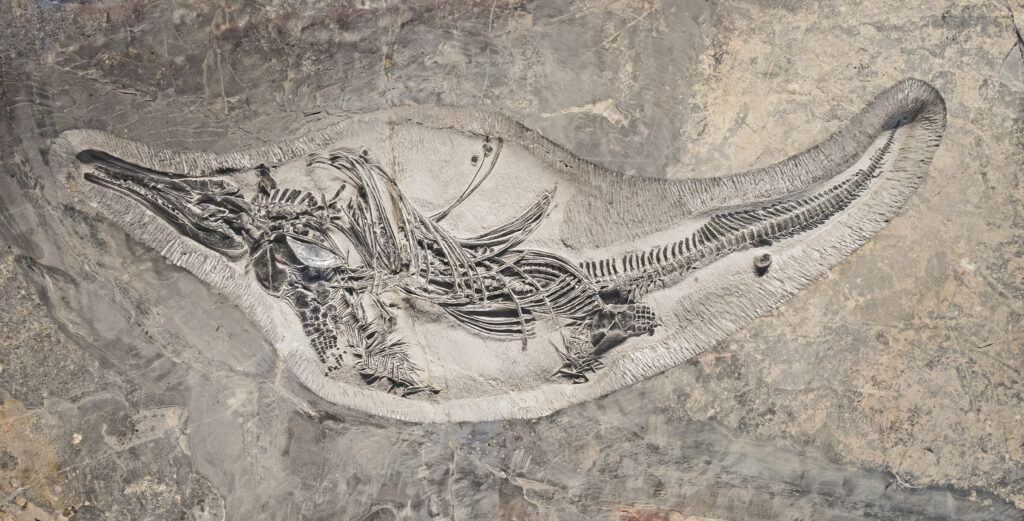
Understanding an extinction that occurred 252 million years ago requires sophisticated scientific detective work. Paleontologists meticulously document the disappearance of fossil species across the Permian-Triassic boundary, analyzing thousands of specimens from hundreds of locations worldwide to establish extinction patterns. Geochemists analyze isotope ratios in ancient rocks to reconstruct temperature changes, oxygen levels, and carbon cycle disruptions. Particularly valuable are marine sediments that accumulated continuously through the extinction interval, preserving chemical signatures of changing ocean conditions. Minerals like pyrite (fool’s gold) form under specific oxygen conditions, allowing researchers to identify ancient anoxic zones. Microscopic examination of ancient seabed sediments reveals changes in microbial communities and plankton populations. Computer modeling combines these various data points to simulate ancient ocean circulation patterns and chemistry. Through this multidisciplinary approach, scientists have pieced together an increasingly detailed understanding of the complex cascade of environmental changes that transformed Earth’s oceans from vibrant ecosystems into deadly zones inhospitable to most complex life.
Modern Parallels: Are Today’s Oceans Following an Ancient Pattern?

The mechanisms that drove the Permian marine extinction hold disturbing parallels to changes occurring in today’s oceans. Modern sea temperatures are rising at rates comparable to, or exceeding, those during the Great Dying, albeit from different starting points. Expanding ocean dead zones, where oxygen levels have fallen too low to support complex marine life, now appear seasonally in many coastal areas. Ocean acidification is occurring as atmospheric carbon dioxide dissolves into seawater, threatening modern shell-forming organisms from corals to planktonic pteropods. While current conditions haven’t reached Permian extinction levels, the directional changes follow concerning similarities. Scientists particularly note that the combined stresses of warming, deoxygenation, and acidification created the most deadly conditions during the ancient extinction, exactly the triple threat facing today’s marine ecosystems. Unlike the ancient crisis, however, contemporary ocean changes are occurring much faster, potentially outpacing the evolutionary adaptation capabilities of many species. The ancient extinction thus serves as both a case study and a warning about the ocean system’s tipping points.
Learning from Extinction: Resilience and Recovery
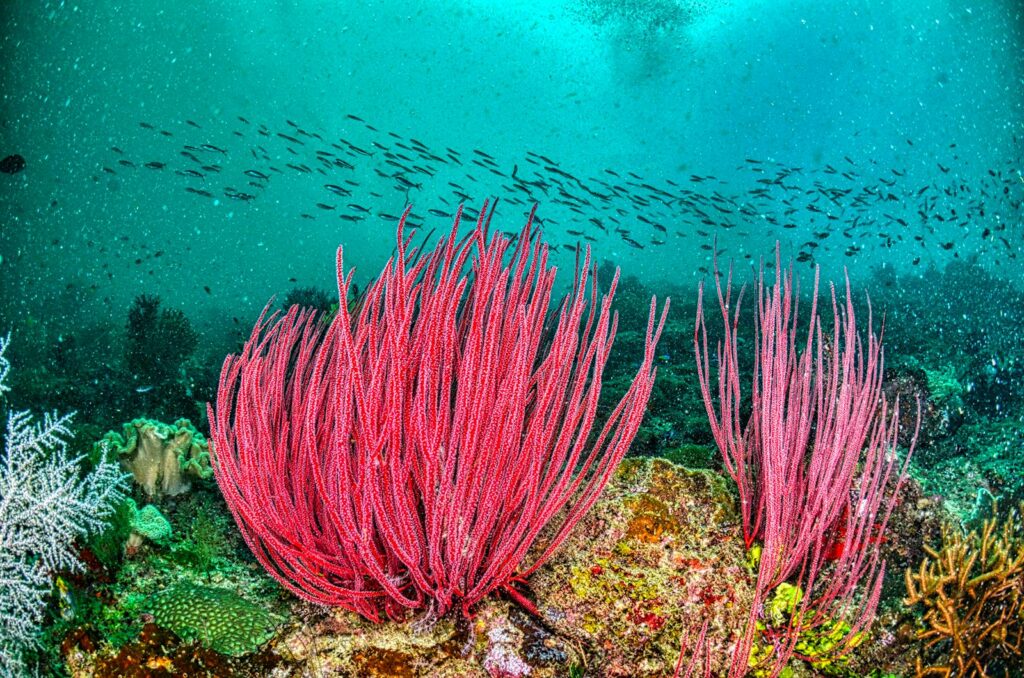
The Permian marine extinction offers crucial insights about ecosystem collapse and recovery relevant to modern conservation biology. The long recovery time—over 5 million years before diversity approached pre-extinction levels—underscores that ecosystem regeneration isn’t automatic or quick once environmental conditions improve. Certain ecological functions, like reef-building, proved especially vulnerable and slow to recover, suggesting modern conservation efforts should prioritize preserving such keystones of marine ecosystems. The survival patterns during the extinction highlight that preserving biodiversity isn’t just about saving individual species but maintaining sufficient genetic diversity and functional redundancy within ecosystems. Most importantly, the ancient extinction demonstrates how multiple environmental stressors can interact synergistically, creating conditions far deadlier than any single factor alone. This observation supports modern conservation approaches that address multiple threats simultaneously rather than focusing on isolated issues. By studying Earth’s most severe biotic crisis, scientists gain perspective on both the fragility and resilience of ocean ecosystems facing environmental change.
Beyond the Great Dying: Other Marine Extinction Events

While the Permian-Triassic extinction stands as the most severe marine biodiversity crisis, Earth’s oceans have experienced several other significant mass extinctions. The Late Ordovician extinction (approximately 445 million years ago) eliminated about 85% of marine species when rapid global cooling triggered widespread glaciation, dramatically lowering sea levels. The Late Devonian extinction (375-360 million years ago) particularly devastated reef ecosystems, with evidence suggesting ocean anoxia as a primary kill mechanism. The end-Triassic extinction (201 million years ago) coincided with massive volcanic eruptions similar to the Permian event, causing severe ocean acidification that particularly affected calcifying organisms. The Cretaceous-Paleogene extinction (66 million years ago), famous for killing the dinosaurs, also eliminated about 75% of marine species, including ammonites, mosasaurs, and many plankton groups. Each of these events shows different extinction patterns, trigger mechanisms, and recovery trajectories, providing a rich comparative framework for understanding marine ecosystem responses to environmental perturbations. Taken together, these extinction events reveal that ocean systems have repeatedly faced catastrophic collapses throughout Earth’s history, yet life has always eventually recovered, albeit in new forms and configurations.
The Ocean Apocalypse That Reshaped Life on Earth

The Day the Oceans Turned Deadly remains one of the most profound chapters in Earth’s biological history. The Permian-Triassic extinction fundamentally altered the evolutionary trajectory of marine life, eliminating dominant groups and setting the stage for the rise of modern ocean ecosystems. The complex interplay of warming, deoxygenation, acidification, and toxic conditions created a perfect storm that pushed even the most resilient marine organisms beyond their survival thresholds. Today, as human activities drive changes in ocean temperature, chemistry, and circulation patterns, the ancient extinction offers both a warning and context. The Great Dying demonstrates that ocean systems, while resilient over geological timescales, can reach tipping points beyond which rapid collapse occurs. Yet the eventual recovery also offers hope that life’s fundamental adaptability, given sufficient time, can overcome even the most extreme environmental challenges. By understanding how and why ancient oceans turned deadly, we gain crucial insights for preserving the health and biodiversity of our modern seas.




